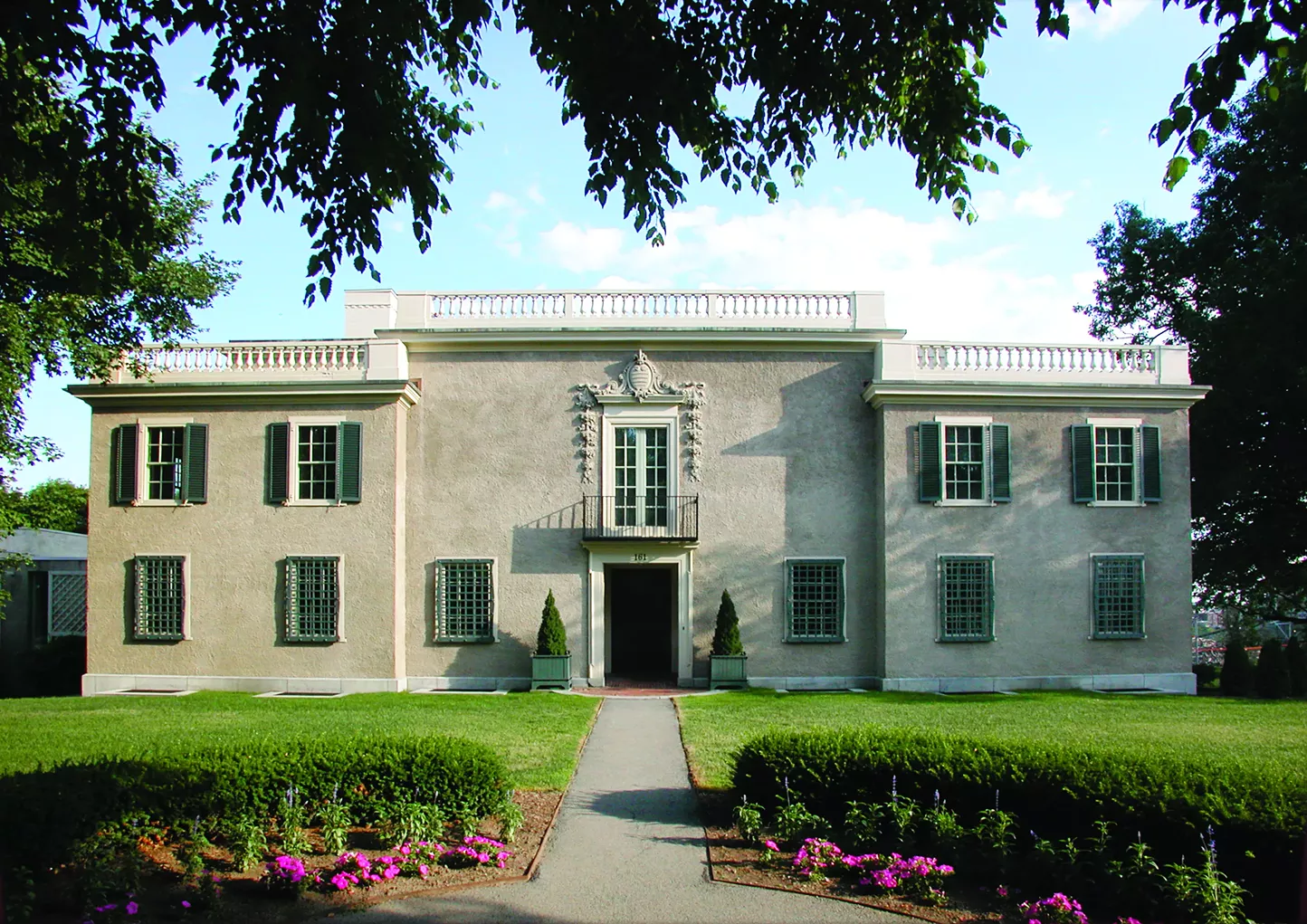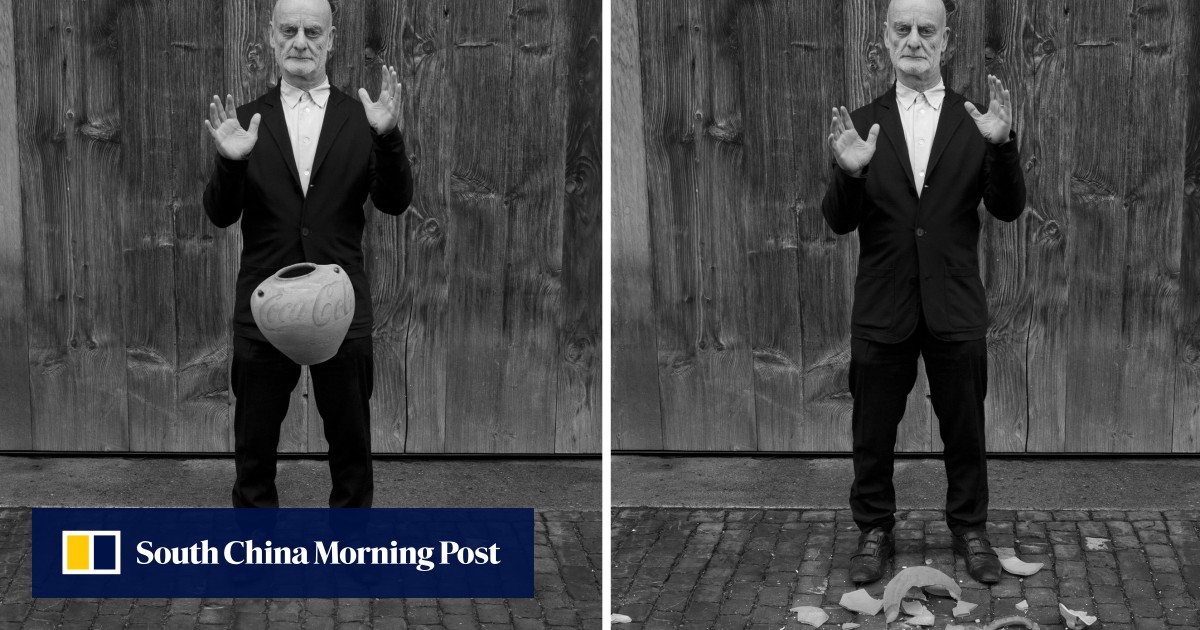FADE IN: EXT. STORAGE – CU CHI – DAY
2010 - Film & Video (Film & Video)
5 min 35
The Propeller Group and Superflex
Fade In (the whole title of the film is actually the entire five page script) is a collaboration with the Danish artist collective Superflex (group of freelance artist–designer–activists committed to social and economic change, founded in 1993 by Jakob Fenger, Rasmus Nielsen and Bjørnstjerne Christiansen). There are several time layers to understand the story behind this film. In 1601, the San Jago set sail from Goa for Lisbon; the cargo included the first consignment of South East Asian porcelain destined for the European market. During the journey, the cargo was stolen by Dutch pirates and sold on auction in Holland, which generated huge profit boosting the country?s economy. Objects from the San Jago are part of the collection of a historical museum in Holland (the Zeeuws Museum). In residency at the Zeeuws Museum, Superflex commissioned The Propeller Group to produce a three-part TV-series called “Porcelain” based on this historic event, which was filmed in Vietnam and broadcast on Vietnamese television in March 2010. Authentic objects from the collection were used in the series, as well as fake ?toy replica? wooden guns produced in Vietnam.
The Propeller Group was established in 2006 as a cross-disciplinary structure. Its members, Phunam, Matt Lucero, and Tuan Andrew Nguyen have initiated a multi-platform, based in Ho Chi Minh City, Vietnam and Los Angeles, California. The Propeller Group is able to produce large-scale works, which expose the strategies of the type of global agency their name suggests. Their use of mass media enables them to combine seemingly contradictory themes: advertising and politics, history and future, and public and private. The Propeller Group often pushes their work back into the public sphere, using commodities as a form of public art. As an integral part of their practice, the group has cultivated the guise of an advertising agency—a public relations firm that confuses the brand and the message. SUPERFLEX work on a number of projects linked to their avowed interest in political and social engagement on a local scale. The Danish collective was founded in 1993 by Bjørnstjerne Reuter Christiansen (1969), Jakob Fenger (1968) and Rasmus Nielsen (1969). They don’t place themselves in opposition, but they unpick the political, economic and communication strategies that have been put in place in a context in order to make them more visible. SUPERFLEX intervenes in places where it appears necessary to implement a “counter-economic” solution by experimenting with means of alternative production. They conceive their project in response to a context, whether it is that of an artistic institution or a social situation and create works that often establish a link between these two realities.
Colors:
Related works sharing similar palette
» see more

© » KADIST
Joana Hadjithomas & Khalil Joreige
2017Produced for the Prix Marcel Duchamp and presented at the Centre Pompidou in October 2017, the installation Uncomformities is comprised of photographs, archaeological drawings, and narratives, based on the analysis of core samples from different sites in Beirut, Paris and Athens...

© » LENS CULTURE
In Pieces - Photographs by Sophia Bulgakova, Lia Dostlieva, Ola Lanko, Katia Motyleva and Kateryna Snizhko | Book review by Sophie Wright | LensCulture Feature In Pieces In this imaginative collection of photobooks “made with a child in mind,” five artists of Ukrainian descent explore the everyday heroism of life in wartime...

© » KADIST
Francis Alÿs
2004The Nightwatch , which is an ironic reference to the celebrated painting by Rembrandt, follows the course of a fox wandering among the celebrated collections of the National Portrait Gallery in London...





